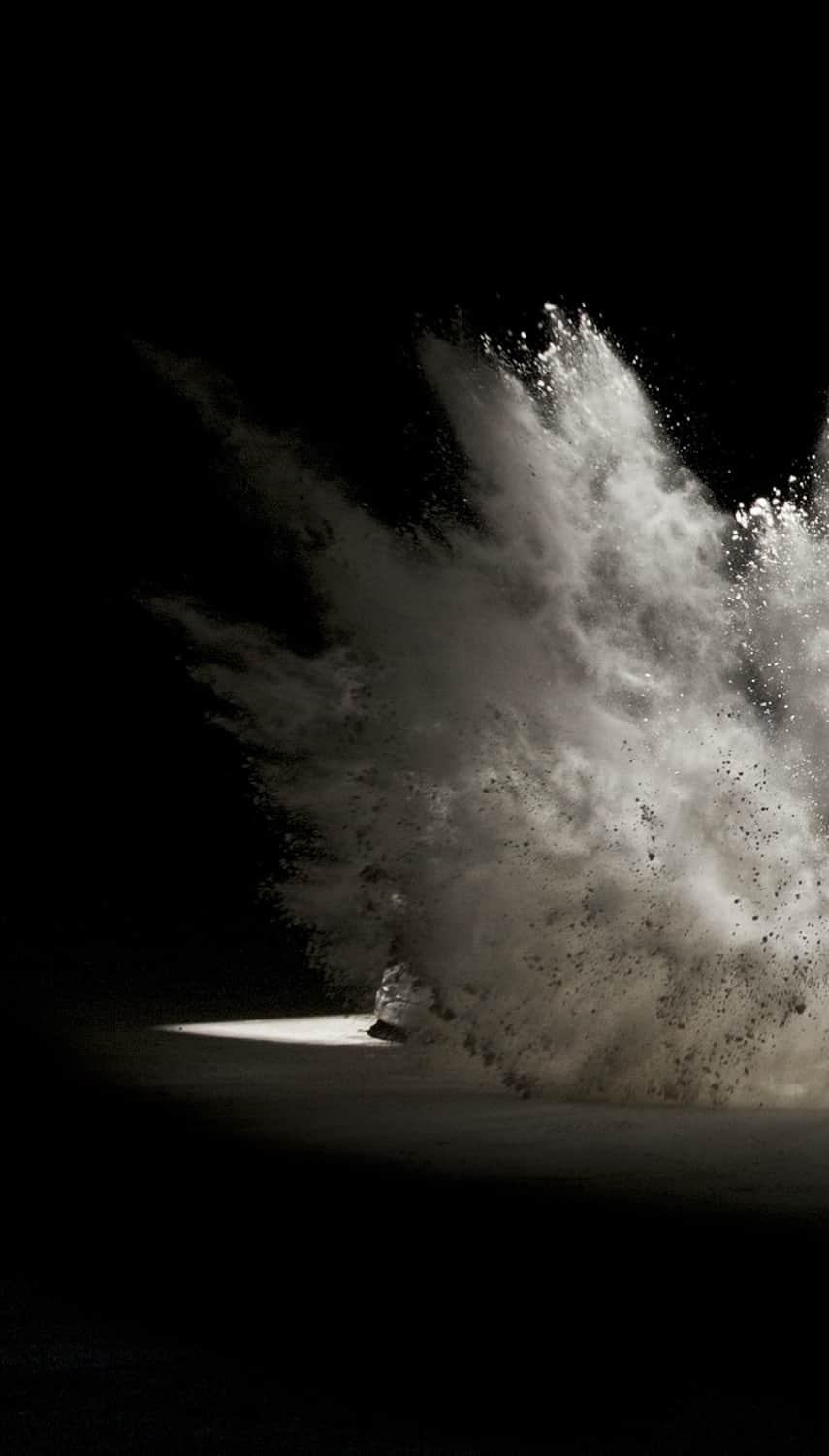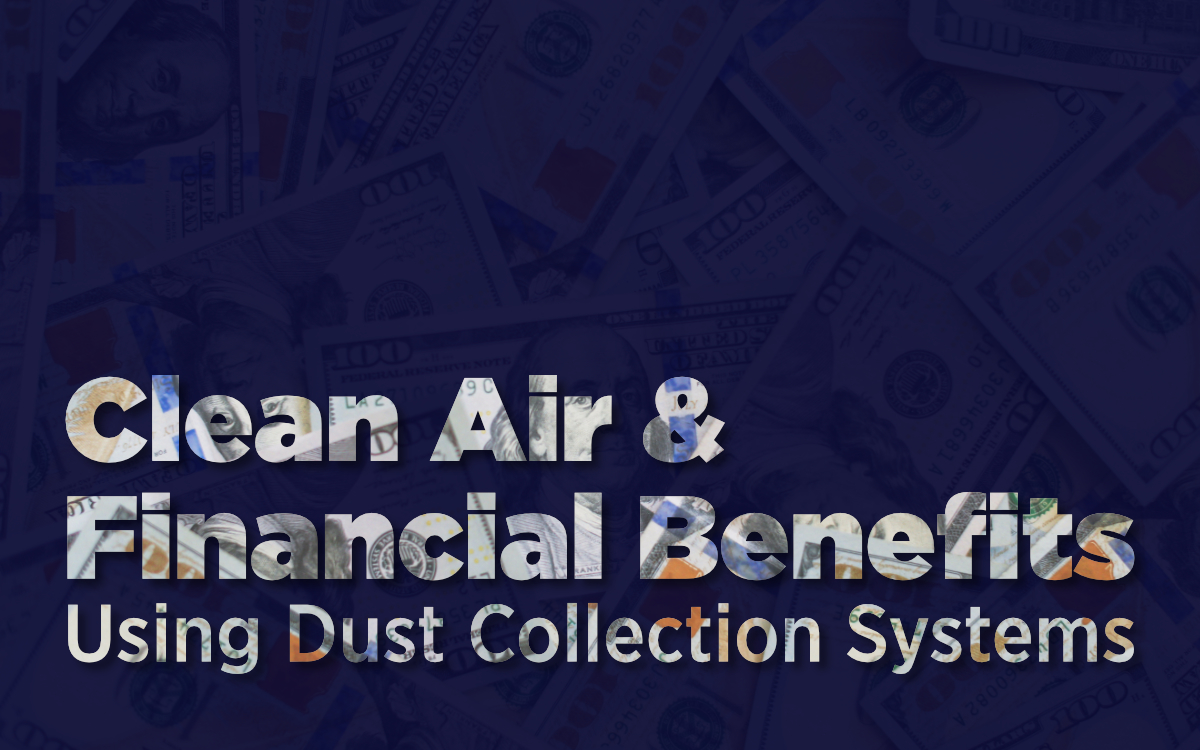Every time a combustible dust accident happens, you can make two assumptions. Firstly, preventing the accident could have been done with a combustible dust safety program. Secondly, the accident, or one just like it, probably happened before. Maybe at a different company or in another place, but some things stay the same. With combustible dust accidents, history does repeat itself.
Your Dust Safety Program Needs to Learn From the Past
The U.S Chemical Safety Board (CSB) has investigated several combustible dust incidents. They analyze failures in procedures, awareness, training, and equipment. They also make recommendations for how to prevent similar incidents.
However, companies often make the same mistakes, especially in developing a combustible dust safety program. Certainly, no business wants employees harmed. Furthermore, it’s not greed or disregard for human life that causes these incidents. Lack of awareness poses the greatest danger.
The best way to make your combustible dust safety program strong is to learn from others’ mistakes. Just because nothing has happened yet doesn’t mean the risk can be ignored.
The Imperial Sugar explosion is often cited as the most destructive incident in recent history. But there have been many others.
Lessons Learned: What Your Dust Safety Program Must Address
Incident 1: West Pharmaceutical Dust Explosion, January 2003
This facility made rubber components for the medical industry. Their process included dipping the rubber into a tank of polyethylene and water. Killing six people, the building blew apart when accumulated polyethylene dust exploded.
The facility had a housekeeping plan, and they kept the areas around the machines clean. The process had switched from a zinc stearate powder to the polyethylene powder several years previously.
Despite good housekeeping practices, dust escaped into the air and traveled through the ventilation systems. Unfortunately, the facility’s drop ceiling provided a space for the dust to accumulate, unseen. Some maintenance workers reported an inch or more of dust in this space.
This accumulated dust exploded. The building suffered so much damage that they could not determine the ignition source. The explosion ignited other flammable materials, causing even more damage.
- Lesson 1: Combustible dust can accumulate in unseen or unexpected places, even when the machine area looks clean.
- Lesson 2: Process change management could have determined that the new polyethylene dip created a new risk. Changes in a process must be assessed for any new hazards.
- Lesson 3: Dust testing saves lives. The polyethylene dust was more combustible than anyone realized. Even safety inspectors had not addressed combustible dust risks.
 Incident 2: CTA Acoustics Dust Explosion, February 2003
Incident 2: CTA Acoustics Dust Explosion, February 2003
This facility made fiberglass insulation for automotive industries. Resin applied to the fiberglass accumulated in dust form. Seven people died when this resin dust exploded, starting secondary fires.
The plant ran several production lines. A baghouse collected dust from these lines. Manually pushing a button to blast compressed air through the bags is what cleaned them. But this required shutting down the lines. The more common method involved employees opening the baghouse and hitting the bags with a stick.
Because of a process change a few years previously, debris from the baghouse fell into a cardboard box on the production floor. Large ovens operated inside the facility, and compressed air cleaning also led to accumulated dust. Debris from other areas was dumped on the roof for disposal. Dumped debris for disposal was on the roof.
The baghouse needed to be replaced, and management knew this but chose not to budget for new baghouses at the time they were requested. A new baghouse, put in place in 2002, was not operational at the time of the accident.
The initial explosion appears to have occurred in or around one of the ovens, igniting secondary explosions and spreading to other ovens. Flame also traveled into the baghouse, causing another explosion.
The lessons here are:
- Lesson 1: A poorly operating dust collector puts the entire facility at risk. Overloaded, dirty bags and unsafe dust disposal (keeping the material inside the building) led to this incident.
- Lesson 2: When dealing with combustible dust, compressed air should never be used for general cleaning. It raises clouds of dust that can settle out of reach overhead. NFPA standards warn against compressed air cleaning in work areas.
- Lesson 3: A combustible dust safety plan did not exist. Many employees didn’t know the dust was combustible. The danger of storing combustible dust in cardboard boxes and on the roof was not addressed.
- Warning signs went unrecognized. The employees commonly put out small fires in the furnaces, considering them a minor problem. However, each fire could have ignited a dust explosion.
Incident 3: Hayes Lemmerz International, Inc Dust Explosion, October 2003
The facility produced wheels made of aluminum alloys for the automotive industry. One person died in the explosion of aluminum dust. Despite dealing with highly explosive aluminum dust, the company lacked a combustible dust safety plan. Aluminum chips and dust could be found in piles several inches deep.
The explosion occurred in part of the plant where a processing system melted down aluminum chips and scrap. A cyclone filtered out the aluminum chips, while dust and particles traveled into a dust collector. On the day of the incident, chips had backed up in the dust collection system and started backing up into the ducts.
An explosion ignited inside the dust collector, blowing back through the ductwork into the building. The venting on the dust collector did not meet NFPA standards, and the collector sustained major damage. The building also lacked mechanisms to prevent fire or explosion from entering the building. The explosion blew out of duct hoods and burned people standing nearby. Secondary explosions followed.
- Lesson 1: A combustible dust safety plan must include housekeeping. When interviewed, employees and management told investigators they didn’t realize the buildup of dust could be dangerous.
- Lesson 2: The dust collector did not meet NFPA standards. It could not withstand the force of the explosion or vent it safely. It also had no prevention to keep flame from traveling back into the building.
- Lesson 3: The facility drastically underestimated the flammability of their dust. It’s impossible to make a safety plan without understanding the materials being handled.
Preventing Gaps in Your Combustible Dust Safety Program
These are just a few of the examples that the CSB has collected over the past 20 years. In another incident, a newly installed dust collector failed. The resulting flash fire burned 7 people. In a facility with a history of accidents, accumulated iron dust exploded when an employee struck a dusty tank with a metal tool.
These injuries and property damage are preventable.
A combustible dust safety program should include:
- A dust collector designed for your application
- Fire and explosion safety features in the dust collection system
- Housekeeping to remove dust, even in hidden places
- Maintenance of machines that handle dust
- Control of ignition sources
- Dust testing and employee awareness of dust hazards
- Combustible dust training, including how to manage a combustible dust incident
Your process may require other precautions. A hazard analysis can identify areas of concern.
Learning From the Past to Prevent Future Harm
“We’ve always done it this way,” or “We’ve never had a problem before,” is not a reason to ignore combustible dust issues. You may never have an accident that tests your dust safety controls.
However, if an accident happens, it can cause facility damage, injuries, and loss of life.
Previous incidents point to mistakes in safety processes. We can prevent these mistakes from happening again. A full dust hazard analysis will identify potential problems before they become accidents. If you need help addressing dust problems in your facility, contact us for help.


